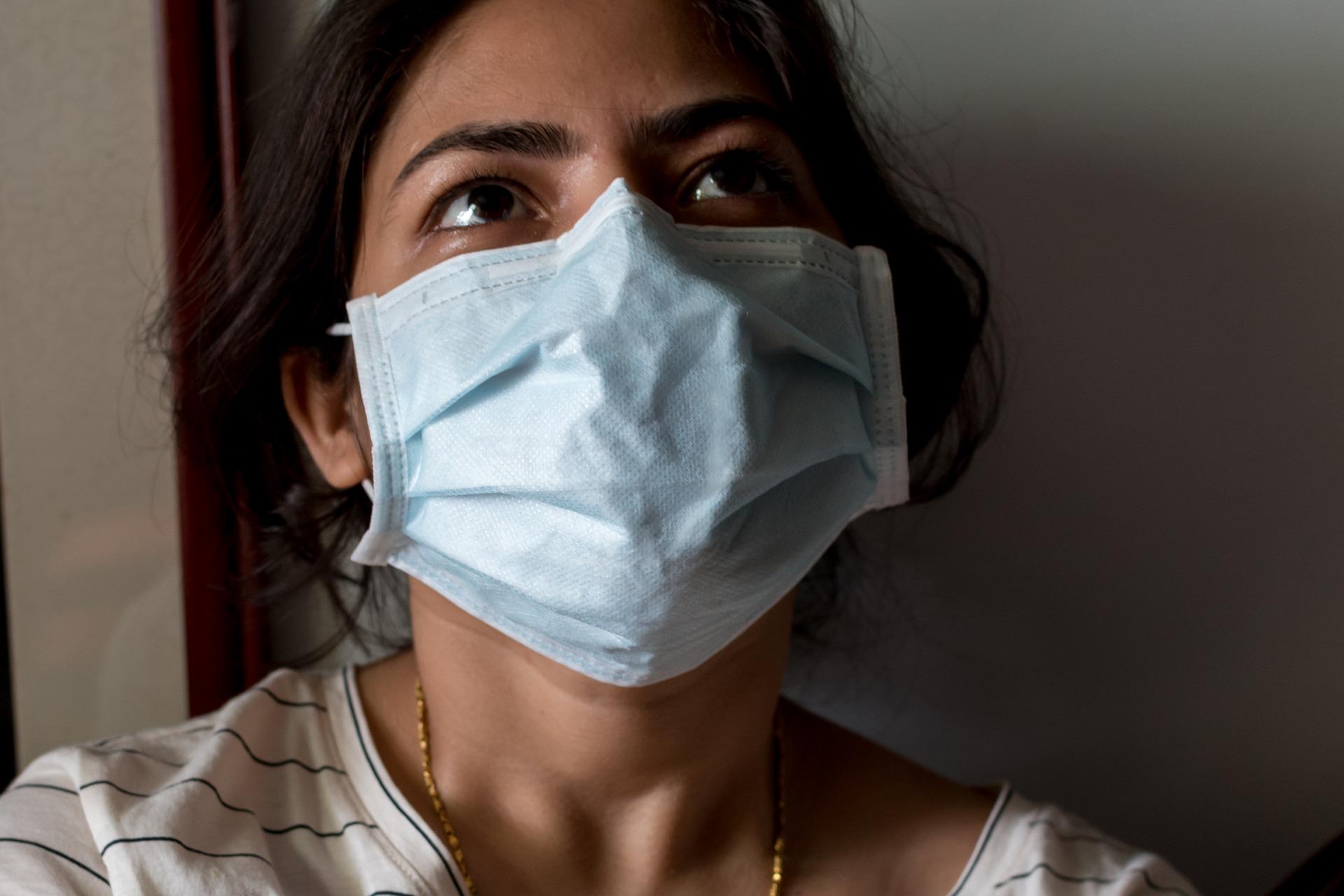
Ōtautahi – The impacts of covid on Aotearoa’s social fabric are evident with decreased trust, mental wellbeing, housing affordability, and health outcomes, and increased loneliness.
The consequences of increased inequity for some population groups can be seen across many wellbeing measures, NZ economic forecaster Berl says.
Mental wellbeing declined across most age groups, with 28.2 percent reporting poor mental wellbeing (up from 22.3 percent).
Sexual minorities and those who are LGBT+ were more likely to experience poor mental health. There was also a decrease in the number of people who felt it was easy or very easy to be themselves (down 3.8 percentage points to 80 percent).
People reported higher levels of tolerance, with more people reporting comfort with a new neighbour who was different from them in some way. In particular, acceptance of mental illness increased with more people (from 54.8 percent to 57.9 percent) saying they were comfortable to live next to someone with a mental illness.
However, people were also more likely to have experienced discrimination (20.9 percent, up from 17.4). Those who were more likely to experience discrimination were sexual minorities (38 percent), working aged disabled people (34.9 percent), and Māori (29.5 percent).
Understandably, given containment measures for COVID-19 over the GSS period, face-to-face contact with family increased from 2018 to 2021 (from 60.2 percent to 63.3 percent), while face-to-face contact with friends decreased (73.7 percent to 69.6 percent).
However, overall more people said they’d felt lonely in the previous four weeks. Sole parents were more likely to feel lonely at least a little of the time compared to the total population (55.7 percent vs 43.4 percent).
There was a decrease in the number of people who rated their health as very good or excellent, from 55.3 percent in 2018 to 50.9 percent in 2021. Household income was a factor here – people with household incomes of $30,000 or less were far more likely to report fair or poor health.
Housing affordability remained unchanged in 2021, with the same mean rating of 6.5. Renters were more likely to find their housing unaffordable (6.1) than those who owned their home (6.7).
Proficiency in te reo Māori universally increased from 2018: 22.9 percent of Māori had te reo Māori as one of their first languages, up from 17.3 percent
The proportion of people able to speak more than a few words or phrases was 23.6 percent, up from 20 percent, with Pacific peoples reporting the strongest growth in fluency (45.3 percent up from 29.4 percent).
Support for te reo Māori use also increased, with over half of the people supporting te reo Māori being a core subject in primary schools and being included in signage. People also agreed that the government should encourage and support the use of te reo Māori in everyday situations.

